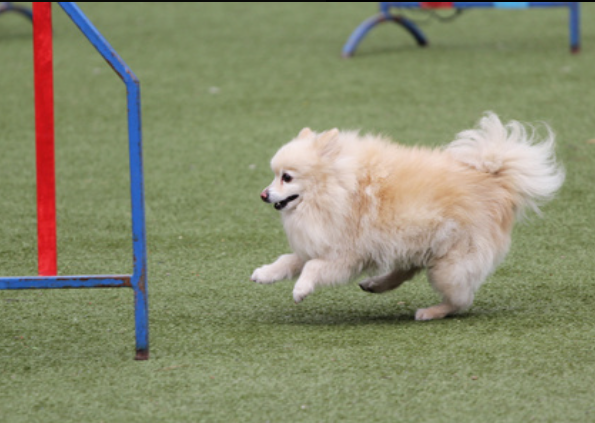Dogs bring a huge amount of joy and excitement to our lives – but good training is crucial to making sure that unwanted behaviours don’t cause issues for both you and your dog.
Foundational training that is important for your dog to learn includes how to walk on a lead, developing their recall, and responding to basic commands such as ‘sit’ and ‘stay’. These commands are important for your pet’s safety as well as making your life together easier. Beyond these necessary lessons, training your dog can also develop into a fun form of bonding and relationship building, where you can both learn together.
Setting the foundations with rewards-based training can help make sure your dog enjoys their training, and cement good behaviours.
Rewards-based training relies on rewarding dogs when they perform the behaviour you are trying to achieve, and ignoring (but not punishing) unwanted behaviours. It’s different from other forms of training such as ‘aversion’ training, where dogs are punished for unwanted behaviours, and which can lead to stress for your dog.
Rewards-based training allows you to train your dog using positive reinforcement and working in line with their natural behaviours, and is the most humane and effective form of dog training.
The ‘rewards’ used in rewards-based training can be a tasty treat, a play with their favourite chew toy, or just a ‘good boy/girl!’ in a positive tone of voice and a pat.
So, what does rewards-based training actually look like? An example would be if your dog was in the habit of jumping up to greet people. It’s likely that if you tried aversive methods of training, such as putting your knee up when your dog jumped, this wouldn’t address the behaviour and could possibly result in your dog jumping from further away to avoid the knee.
Using a rewards-based training method, you would focus on rewarding your dog when she doesn’t jump, and ignoring her jumping entirely (including eye contact). This would mean that when your dog jumps, you would ignore her, and wait until she has all four paws on the ground to reward her with a treat, or attention.
It’s likely that your dog will jump again, probably with less effort, and you should keep rewarding her only when all four paws are on the ground. Soon, your dog will learn it’s not the jumping that is being rewarded, it’s the standing or sitting – and she will start to volunteer the behaviour that you want.
Rather than punishing your dog for jumping, which is likely to cause confusion and stress and unlikely to achieve a positive result, rewards-based training creates a positive pattern of behaviour through rewarding the right actions from your dog.
With patience and the right rewards, you and your dog are bound to have a fantastic bond, and be able to enjoy all of your time spent together.
If you have a brand new puppy or have adopted an older dog, and you aren’t sure where to start with their training, it’s always a good idea to get professional help and enrol in a puppy school – check out your local RSPCA to see if they run puppy school courses in your area.
If you’re experiencing unwanted behaviours with your dog, seek the advice of a veterinarian or animal behaviourist.
Post time: May-17-2024

